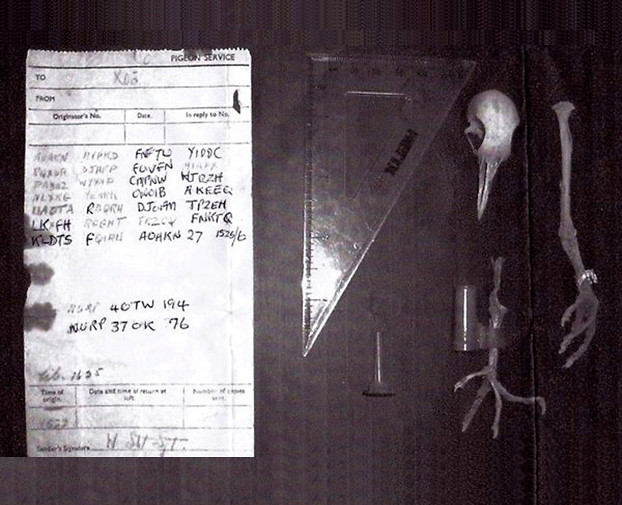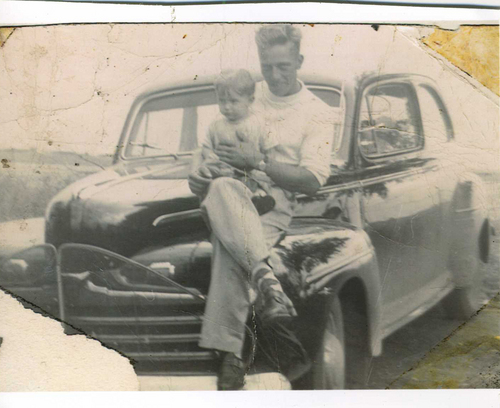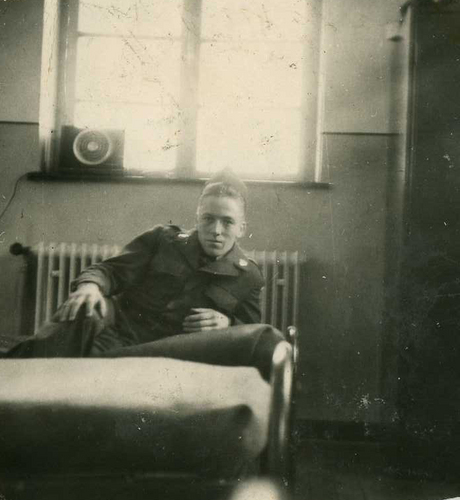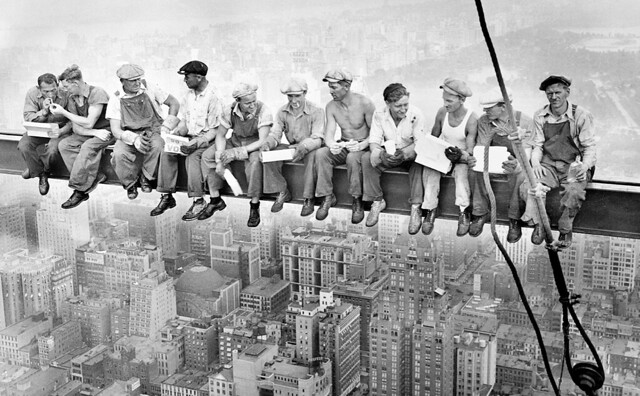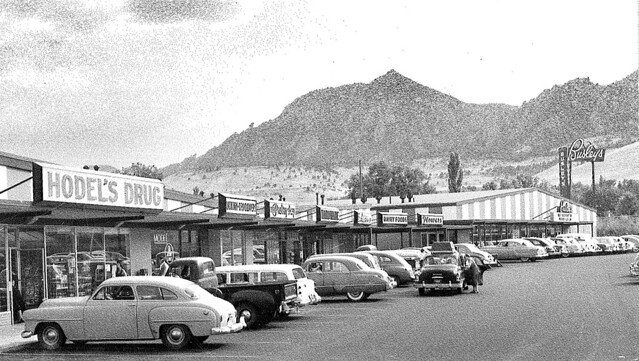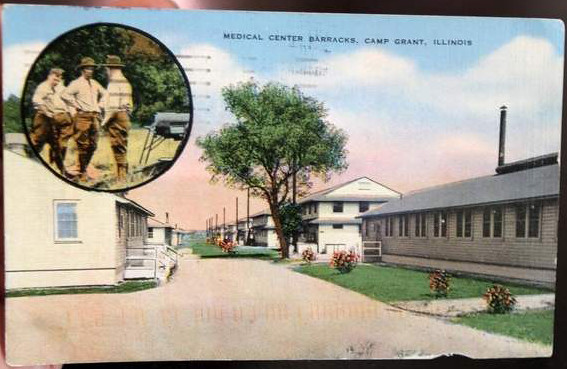

What you see above are the front and back of a postcard that was mailed from Rockford, Ill., to Elmira, N.Y., in the summer of 1943. It arrived at the address listed on the postcard just last week -- more than 69 years after it was sent.
The postcard was sent to sisters Pauline and Theresa Leisenring by their parents. The parents were visiting their son (Pauline and Theresa's brother) George Leisenring at the Medical Center Barracks at Camp Grant, which is the location shown on the front of the postcard.
The message reads as follows:
Dear Pauline and Theresa,
We arrived safe, had a good trip, but we were good and tired. Geo. looks good, we all went out to dinner today (Sunday). Now we are in the park. Geo has to go back to Grant at 12 o’clock tonight. Do not see much of him. We are going to make pancakes for Geo for supper tonight. See you soon.
Love,
Mother, Dad
Unfortunately, Pauline and Theresa no longer live at the address on the postcard (or anywhere else -- they died in 1962 and 1954, respectively), so the postcard was received by Adam and Laura Rundell and their family, who now live at that address.
It's not clear why the postcard took so long to be delivered or where it might have been stowed over the past several decades, but the Rundells were intrigued by it. According to this article, they did some PermaRec-style research, tracked down some of Pauline and Theresa's cousins, and offered the postcard to them. The story quotes Adam Rundell as saying, "They seemed interested but so far haven't picked it up."
I'm not sure why the Rundells can't simply mail the postcard to the cousins, but then this postcard has already had one harrowing postal adventure, so maybe best not to tempt fate.
(My thanks to Sue Kendall for pointing me toward this story.)
+ + + + +
Slate update: I've been told that long-delayed 10th installment of the Slate series will finally run on Monday. Fingers crossed!



